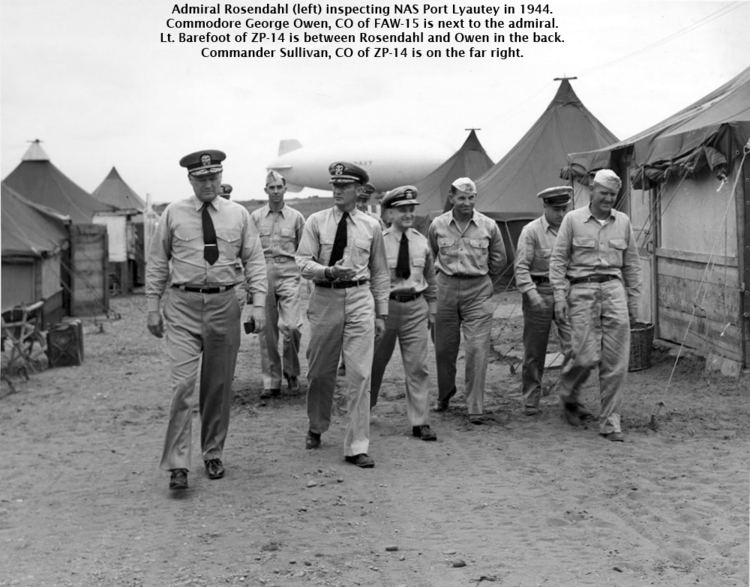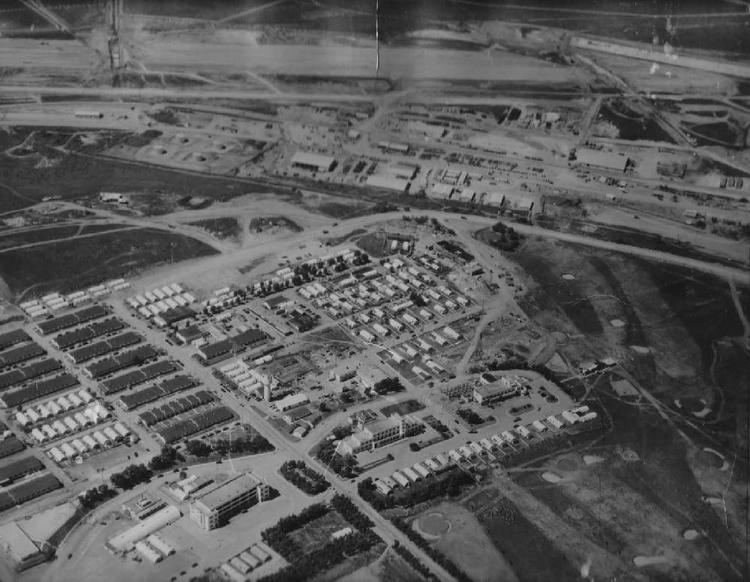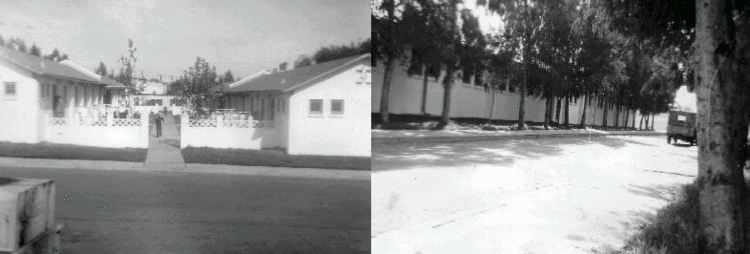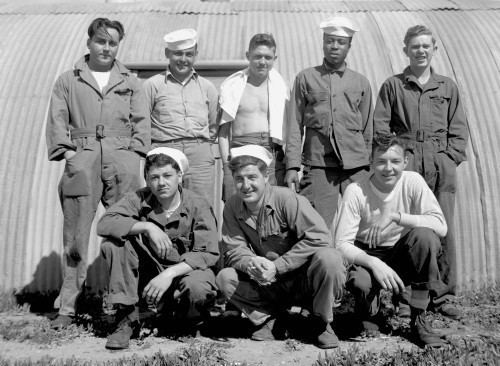Type Naval Air Station Year built 1919 (French) | In use 1942–1977 | |
 | ||
Naval Air Station Port Lyautey is a former United States Navy Naval Air Station in Morocco, about 5 km north-northwest of Kenitra and about 120 km northeast of Casablanca. The Naval Air Station was turned over to the Royal Moroccan Air Force and the last of US military personnel departed the base in 1977. The airport was later reopened as Kenitra Airport after it was closed.
Contents

World War II

The facility was established as an Advanced Landing Ground (ALG) shortly after the Operation Torch landing at the former Vichy France airfield at Mehdiya–Port Lyautey. The facility was captured by one American destroyer and a U.S. Army Raider team. The destroyer USS Dallas (DD-199) came up the Sebou River, silenced the shore batteries with its guns and landed the Raider team which in turn captured the airfield.

After being secured, the airfield was used by the United States Army Air Forces Twelfth Air Force 33d Fighter Group, flying in P-40 Warhawks. The group took part in initial landings in French Morocco, arriving with the invasion force on 8 November. Remaining aircraft and ground echelon arrived shortly afterward. Moved to: Casablanca Airfield on 13 November. Other Air Force units stationed at the airfield were:

Later, the facility was used by the 2037th Antisubmarine Wing (Provisional), later being redesignated as the 480th Antisubmarine Group of Army Air Forces Antisubmarine Command. The US Army Air Force units used the airfield to patrol the Atlantic Ocean approaches to the Straits of Gibraltar for German U-Boats along with two United States Navy PBY Catalina patrol squadrons. The units were assigned to the Northwest African Coastal Air Force for administration and placed under the operational control of the United States Navy Fleet Air Wing 15, which answered to the commander of the Moroccan Sea Frontier.
Two USN K-class blimps completed the first transatlantic crossing by non-rigid airships when they landed at Craw Field, Port Lyautey on the evening of June 1, 1944. Blimp Squadron 14 airships K-123 and K-130 were followed by K-109 and K-134 on June 15 and K-101 and K-112 on July 1, 1944. The K-ships flew nighttime antisubmarine patrols using magnetic anomaly detectors (MAD) while the PBY Catalinas from Fleet Air Wing 15 flew the dayshift, creating a 24/7 magnetic fence across the Straits of Gibraltar.
In addition, the airfield was used by Air Transport Command. It functioned as a stopover en route to Tafarquay Airport, near Oran, Algeria or to Casablanca Airfield, on the North African Cairo–Dakar transport route for cargo, transiting aircraft and personnel. After the end of the war in Europe, Air Transport Command was assigned several heavy bombardment squadrons by XII Tactical Air Command to transport key personnel back to the United States. Known units assigned were:
Cold War
After the war, the airfield was expanded to a major US Naval Air Station in 1951. In this capacity, it primarily supported land-based naval reconnaissance aircraft of the period, such as the P4M Mercator in the 1950s, the P-2 Neptune in the 1950s and 1960s, and the P-3 Orion, EP-3 Aries and EA-3 Skywarrior in the 1960s and 1970s until the installation's closure as a USN facility and transfer to the Royal Moroccan Air Force in 1977. During the years 1966–69 Kenitra NAS was used also as a training facility by the Royal Moroccan Air Force with personnel from the Moroccan United States Liaison Office, MUSLO, staffed by USAF ATC support and flight personnel for the first delivery of F-5A and F-5B aircraft. Most of the MUSLO team members had previously been assigned to Williams Field, Arizona where the Moroccan pilots and technicians were initially trained.
Starting in the 1960s, the base was called a United States Naval Training Command, and would be called that until it closed in 1977.
